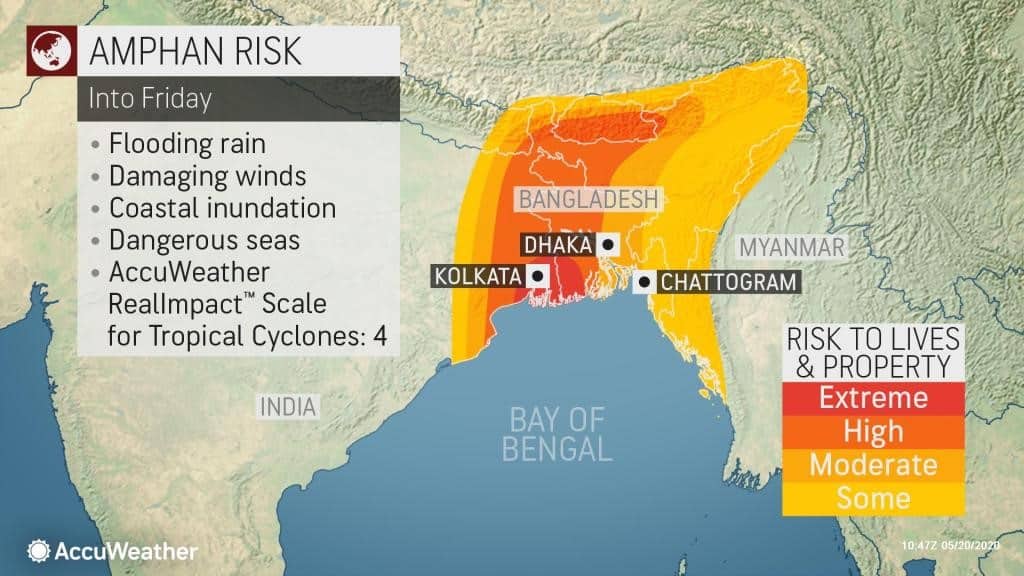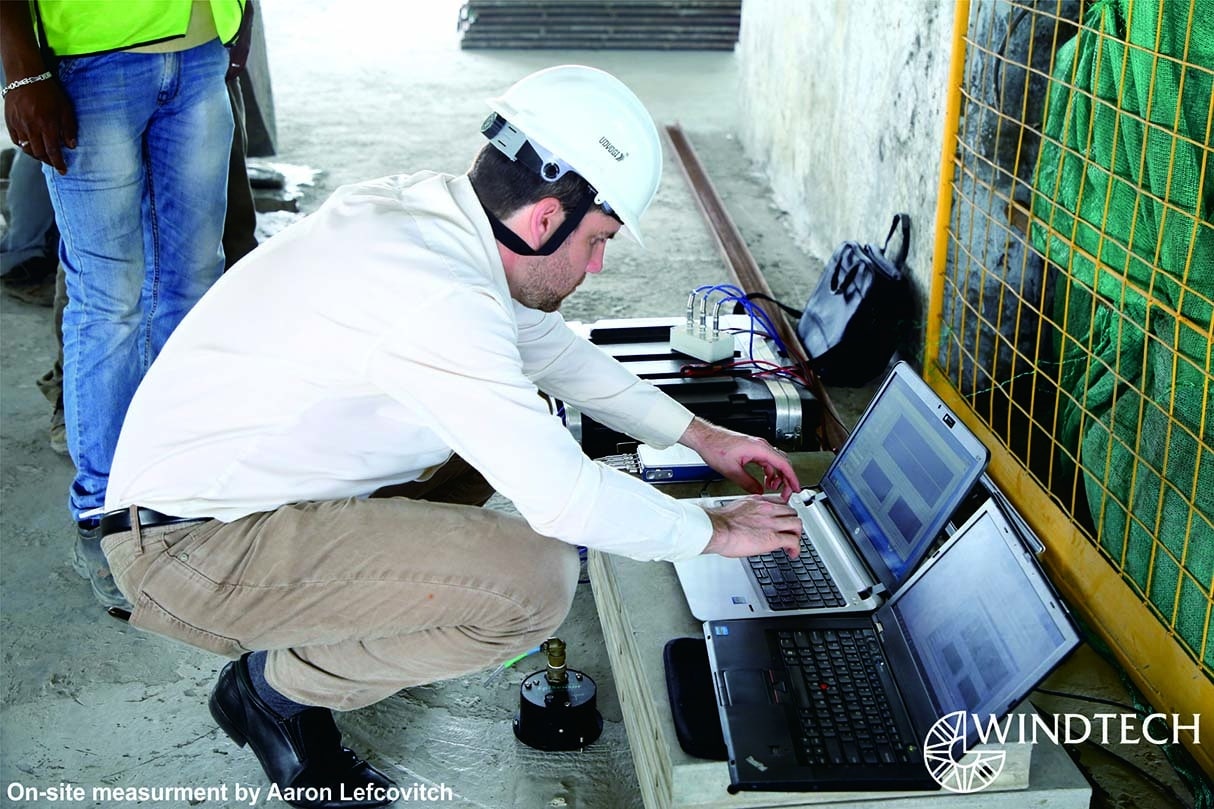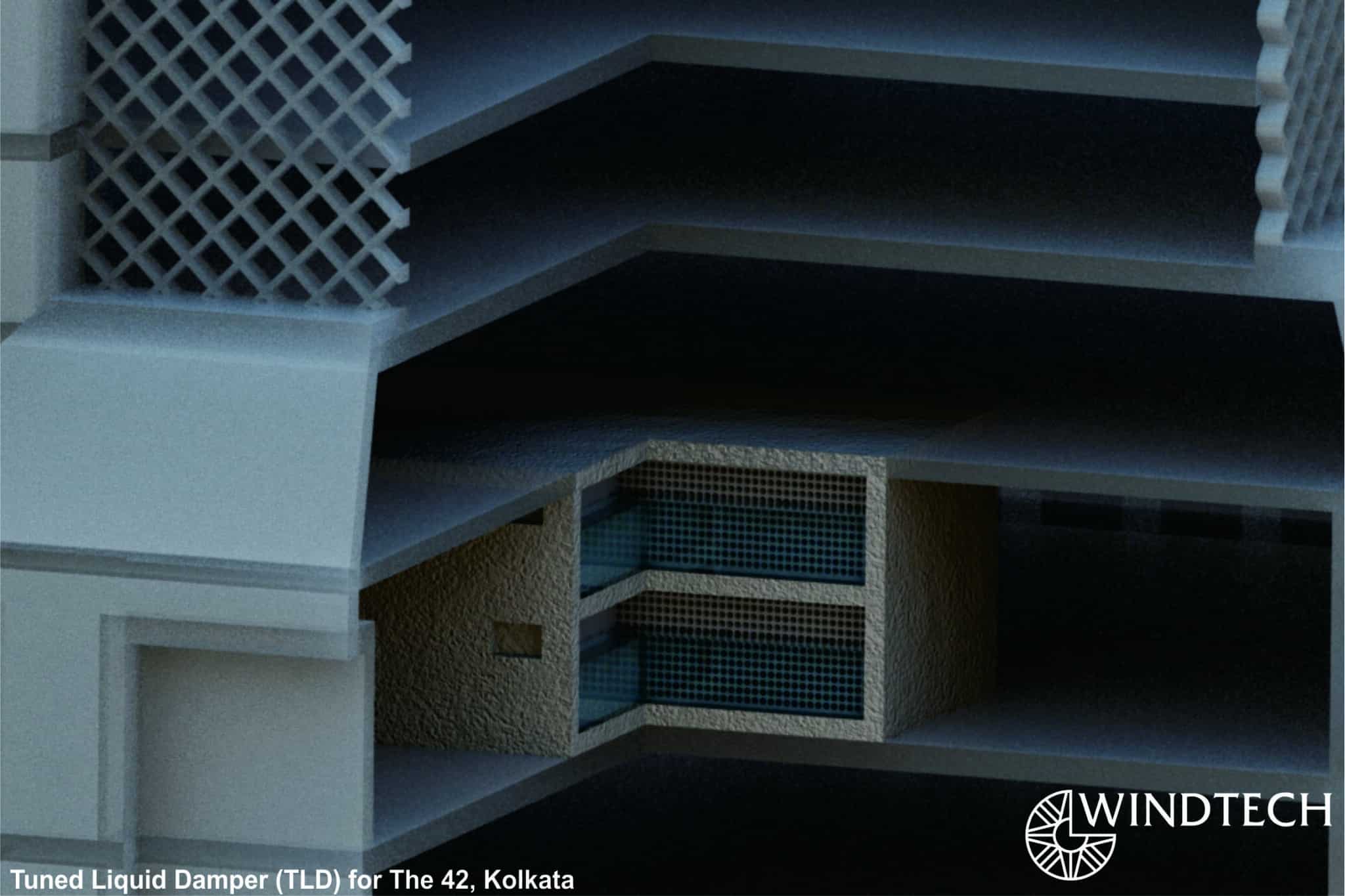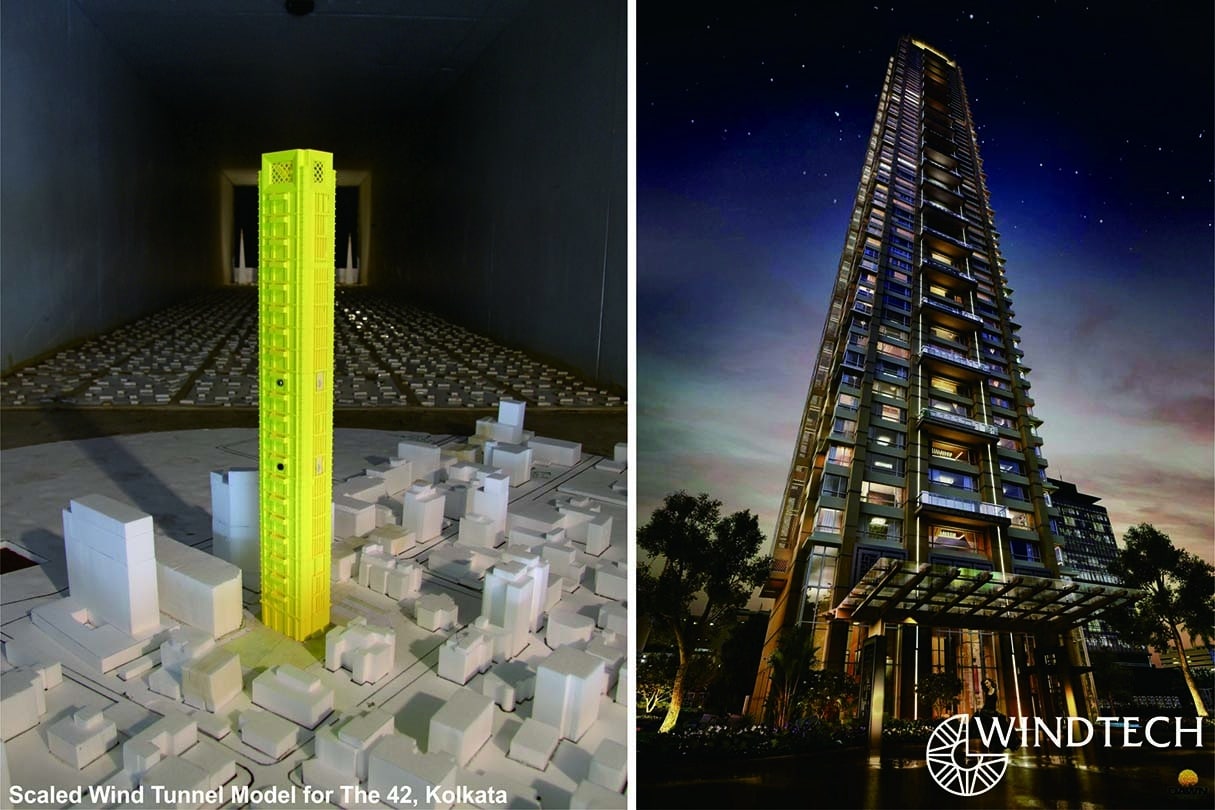Tallest Tower in Kolkata Stands up to Cyclone Amphan
Posted on June 4, 2020
When super cyclone Amphan hit the vibrant city of Kolkata last week with wind speeds gusting up to 130km per hour (80mph), few could have imagined its destructive power. Just over a decade ago, the city was rocked by cyclone Aila and more recently by cyclone Bulbul, however most had suggested that Amphan was on another scale not seen in a lifetime. Some had likened the experience to that of an earthquake where buildings were swaying back and forth. This feeling was more pronounced for those living in high-rise developments.
“We felt as if the entire building was swaying. Initially, we thought that an earthquake was taking place even as the cyclone was raging outside. But then, we found out that it was because of the storm. It was really scary,” said Arpita Pal, who resides on the 10th floor of a high-rise building in east Kolkata.
As the city is left to pick up the pieces, many have reflected on how things could have been done better to brace for such a significant event. One of the talking points up until recently has been the effect that extreme winds such as the ones bought on by Amphan have on high-rise buildings both from a structural and cladding performance point. It is not uncommon for building owners and operators to study such impacts during the design stage in a bid to ensure the safety and/or comfort of end users and the general public. This is because wind impacts are generally seen as one of the fundamental inputs into the design of tall buildings, which when ignored can potentially result in a poor performing building or in the worst-case scenario a catastrophic failure leading to capital loss or even loss of life.
One such example of a well-engineered building is The 42, the brain child of a consortia of Mani Group, Sattva & Salarpuria , Alcove Realty and Diamond Group. Being the tallest and one of the most high-profile developments in Kolkata, the consortia with the guidance of J+W Consultants (Structural Engineers) was intent on creating a structural and cladding system that would withstand a 1 in 50 year extreme wind event with the usual margins of safety. During the design stage, a wind tunnel study was undertaken by Windtech Consultants using a scale model of the tower equipped with over 400 surface pressure sensors capable of measuring pressure at each location more than 2000 times a second. From these tests, the building designer was able to obtain an accurate distribution of pressure over the building envelope to help design the cladding elements and the fixtures that tie them back to the building. Factors taken into consideration included the regional wind climate and the wind flow interferences effects caused surrounding buildings/structures and the terrain. In addition to this, the loads on the super structure and the tower’s responses to these loads were also obtained to assist the structural engineer when tuning their structural system.
Due to the height, extremely slender form and the architectural constraints dictating the structural design, it was found that under serviceability wind conditions, the tower’s movement was predicted to be uncomfortable for its occupants. As this issue was identified at the design stage using accurate wind tunnel testing, it created an opportunity to investigate a range of possible solutions to mitigate this effect. Solutions such as building corner modification, removal of floor cluster, building tapering to confuse synchronous loads from increasing the magnitude of oscillation and/or significant modifications to the structural system were not well suited to this project. The solution chosen was to install an auxiliary damper. Building motion dampers work in much the same way as the shock absorbers on a car – however, instead of absorbing of impact of a pothole for the comfort of those driving the car, the building damper reduces the impact of wind vortices thereby improving the comfort of tenants in the building. Windtech designed and tested a prototype of the tuned liquid damper (TLD), then provided a detailed design, tuning and commissioning the liquid damper installation.
The developer of The 42 has commented that their tower was relatively unscathed in the aftermath of cyclone Amphan, which was sadly not the case for a number of low to mid-rise buildings and structures surrounding the development. As The 42 is by far the tallest and most slender building in the city. This just highlights the significant importance of designing for wind.
Related Articles:
CTBUH Best Tall Building in Asia and Australasia Award CTBUH Urban Habitat Award
Tony Rofail presents at the 10th International Urban Design Conference
Return to Main News Page






